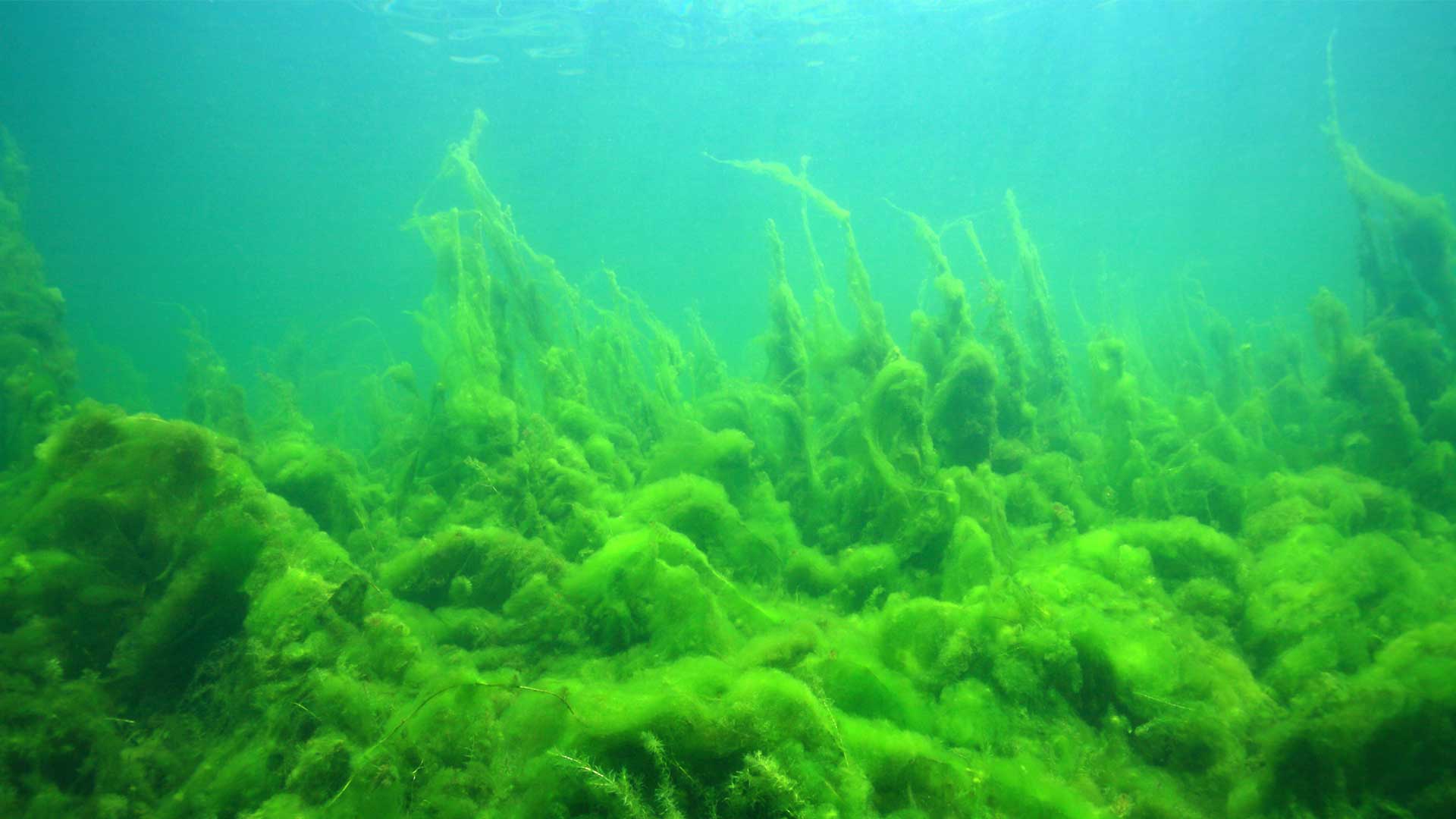Letting life thrive in water – preventing eutrophication with TOC monitoring
From the little Monstera on your desk to the fields of grain that provide us with food, all plant life is highly dependent on water that is full of nutrients. However, the overabundance of nutrients in water, such as nitrogen and phosphorus, can harm plants as well as the environment. It can lead to a process called eutrophication, in which algae feed on excess nutrients causing them to grow and turn the water green. Algae can produce foul odours, block sunlight and even release toxins. When algae die and decompose, the process consumes the oxygen in the water needed by fish and other marine life to breathe. If enough oxygen is removed, the water can become hypoxic, where there is not enough oxygen to sustain life, creating a “dead zone”.
Nitrogen and phosphorus occur naturally, but most of the nutrients that make it into our waterways come from human activity, such as farming, for example. Measuring total organic carbon (TOC) is an effective way to gain insight into the composition of agricultural wastewater and to avoid issues such as eutrophication, which would result in very high levels of detectable TOC. Also, TOC and total nitrogen (TN) are the most important components of sediments and soils that are fed by waterways, many of which can be contaminated by agricultural wastewater. TOC and TN levels can be used to determine whether sources of organic matter are marine or terrestrial, can measure environmental conditions, pollution, soil quality and productivity as well.
Given the complex nature of agricultural wastewater, treating it is a major challenge. In addition to the organic contaminants mentioned, there can also be traces of chemical residues from the use of fertilizers, etc. Furthermore, levels of contamination with organic matter vary a great deal. The extremes of the quality spectrum for wastewater would be undiluted, untreated sewage at the lower end and tertiary or even quaternary treated wastewater at the higher end. In TOC terms, sewage could be expected to show concentrations of around 28 – 35 ppm, a eutrophic lake will have a typical TOC range of 3 ppm to 12 ppm and tertiary treated water (using ozone, for example) would show a range of about 0.1 to 0.5 ppm.
Any wastewater can be reused for any process with the correct filtration. The key is understanding the composition of the water itself and that’s where TOC measurement is very useful. The way wastewater is handled is regulated nationally and supranationally, for example, by the UK’s OFWAT1 and by the European Commission, which provides a Water Information System for Europe (WISE)2 that gives a detailed overview of regulations and initiatives. Yet given the ever-increasing demand for freshwater as a result of growing populations and increased agricultural activity, this essential natural resource must be preserved and re-used productively wherever possible and we need to continuously maintain the highest standards in how we handle our wastewater.
1 https://www.ofwat.gov.uk/regulated-companies/ofwat-industry-overview/legislation/
2 https://water.europa.eu/
